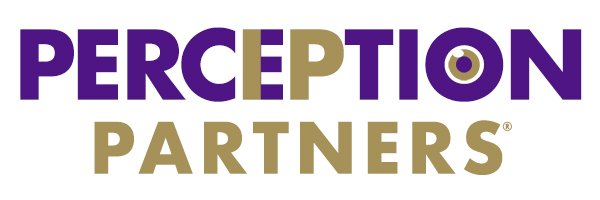Partner Identification for Strategic Benefits in Commercialization
Bringing new products, services, and business models to market requires more than just a great idea. It demands the right strategic partners, suppliers, licensors, licensees, and institutional collaborators to ensure a seamless path to market and sustained growth.
1. The Importance of Partner Identification
The process of identifying potential partners is the foundation upon which successful commercialization stands. Strategic partners bring essential resources, expertise, and market access that complement a company's strengths. Identifying the right partners significantly reduces the risks associated with entering new markets and accelerates the time to market.
2. Understanding Different Types of Partners
a. Strategic Partners: These are organizations that share similar visions and goals. Collaborating with strategic partners can lead to synergies, increased market presence, and shared risks.
b. Suppliers: Suppliers play a vital role in the supply chain. A reliable and efficient supplier base is crucial for maintaining the quality and timely delivery of products and services.
c. Licensors and Licensees: Licensing agreements allow companies to use or grant rights to intellectual property (IP). Licensors can monetize their IP, while licensees can gain access to valuable technologies without investing in costly R&D.
d. Institutional Collaborators: Collaborating with academic institutions, research centers, or non-profit organizations can provide unique expertise, access to funding, and a positive public image.
3. The Partner Identification Process
a. Market Research: Begin by researching the target market and industry to understand the key players, trends, and potential gaps in the market that strategic partners could fill.
b. Define Criteria: Establish clear criteria for selecting partners based on their alignment with your goals, expertise, market presence, financial stability, and reputation.
c. Leverage Networks: Utilize professional networks, industry events, trade shows, and online platforms to find potential partners and get recommendations.
d. Competitor Analysis: Analyze the partnerships of your competitors to identify potential partners who might be interested in collaborating with your company.
e. Prioritize and Shortlist: Evaluate and prioritize potential partners based on their fit with your criteria, resources they can bring, and the strategic value they offer.
4. Targeting and Contacting Potential Partners
a. Personalization: Tailor your approach to each potential partner based on their specific interests and needs. Generic messages are less likely to grab their attention.
b. Value Proposition: Clearly articulate the unique value your company brings to the table and how a partnership could benefit both parties.
c. Build Relationships: Networking and relationship-building are crucial in partner identification. Attend industry events, engage in conversations, and establish rapport before diving into formal proposals.
d. Mutual Benefits: Highlight the mutual benefits of the partnership, emphasizing how it aligns with their strategic goals and complements their offerings.
5. Engaging Potential Partners
a. Transparency and Openness: Be transparent about your expectations, plans, and potential challenges. An open and honest approach fosters trust.
b. NDA and Confidentiality: If necessary, sign Non-Disclosure Agreements (NDAs) to protect sensitive information during early discussions.
c. Pilot Projects: Consider starting with a small pilot project to test the partnership before committing to a larger collaboration.
d. Legal and Business Agreements: Engage legal experts to draft clear and comprehensive partnership agreements that protect both parties' interests.
Conclusion
Strategic partners, suppliers, licensors, licensees, and institutional collaborators play pivotal roles in the successful commercialization of new products, services, and business models. By following a systematic approach to partner identification, targeting, contacting, and engagement, businesses can unlock immense strategic benefits and propel their ventures to new heights of success. Remember, the key to a successful partnership lies in finding the right fit and nurturing the relationship for long-term mutual growth.

